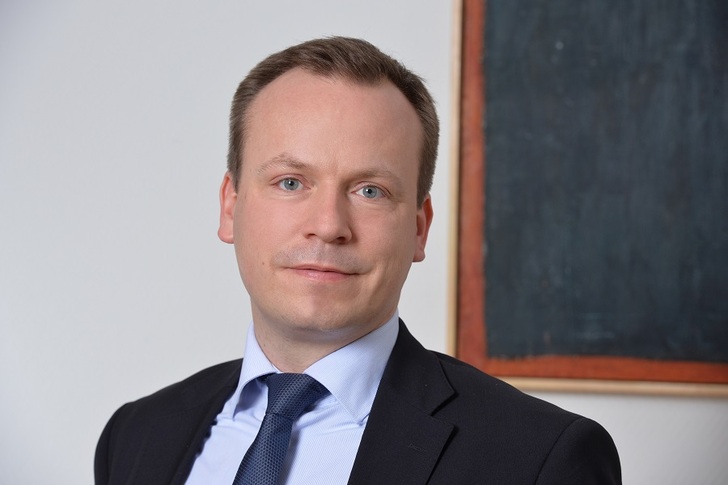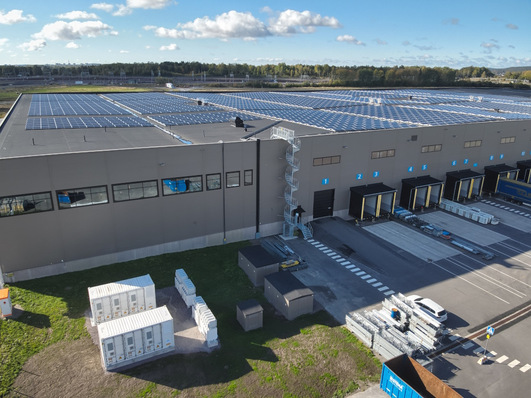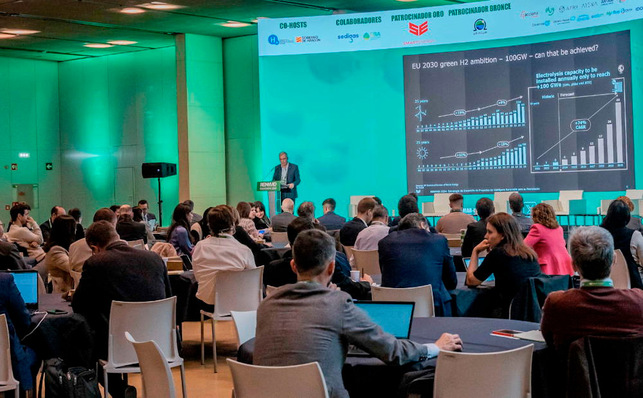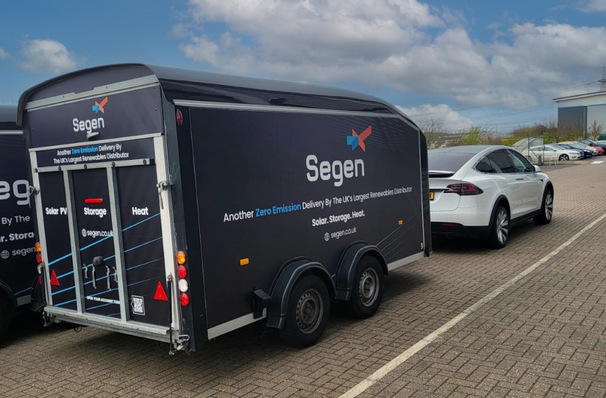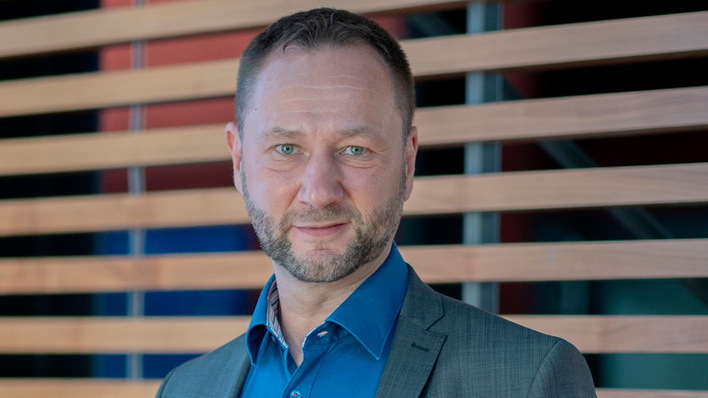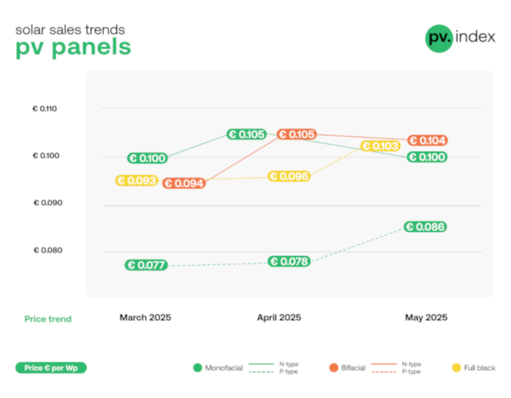“Building-integrated photovoltaic (BIPV) is not without reason considered the most beautiful way to generate electricity. The photovoltaic system merges with the building skin and becomes an integral part of the building. It can either be a consciously inserted design element of the building. However, it is also possible to integrated PV modules in such a way that they can no longer be recognized as such at a glance. When it comes to design, there are hardly any limits today”, Lange says.
“The potentials are therefore tremendous. If it is possible to tap these potentials, BIPV can make a significant contribution to environmentally friendly power generation on buildings. The European Commission has already become aware of the benefits of BIPV. The legislative package „Clean Energy for all“, which is currently under discussion, contains some positive changes in the legal framework. Nevertheless, there are still some legal barriers that hinder the use of BIPV. To promote BIPV in practice, these obstacels should be removed as soon as possible, too”, he stresses.
Legal framework of BIPV
“There is no uniform european legal framework for the use of building-integrated photovoltaic. That is because BIPV is, by definition, based on the intersection of different subject matters. It is at the same time subject of the law of renewable energies, of the law of energetic requirements and of the law of safety requirements of construction products. In European law renewable energies are regulated by the Renewable-Energy-Ressources-Directive (RED). Energetic requirements are subject in the Energy Performance of Buildings Directive (EPBD) and in the Energy Efficiency Directive (EED). The framework for the safety requirements of construction products is set by the Construction-Products-Regulation (CPR).
Funding and promotion of renewable energies
Political demands for a higher financial support of certain generating technologies are not in vogue these days. On the contrary, renewable energies will more and more have to be profitable without any funding. This is already the case, when it comes to the use of photovoltaic for self-consumption”, Lange says. “Therefore, it is even more important to create optimal conditions for self-consumption of solar electricity. Any improvements in these conditions more or less benefit the building integrated photovoltaics. Anyone who generates clean electricity with his building should be able to use it without any legal or tax barriers. It should also be possible to offer this electricity to the users of the same building. And for the same reason, it should not make any difference whether the building is used for residential or commercial purposes. A privileged treatment of the use of decentralized generated electricity only for residential property, as it is currently planned, for example, in the act for „tenant electricity“ in Germany, is therefore a missed chance for promoting BIPV”, Lange stresses.
Energetic requirements for buildings
“With regards to the energy performance it is not solely the mandatory quotas for the use of renewable energy, but also the question of credibility of certain types of energy which matter. The proposed changes in the EED will in principle improve the credibility of self-consumption from self-produced PV electricity. And also the proposed changes in the EPBD provide improvements in the credibility of PV electricity. However, the credibility of the replacement measures should ideally be aligned consistently with regard to the CO2 emissions, which is not yet the case. In ecological terms, PV electricity is not at the same level with fossil fuels. Above that, the efficiency requirements are also subject to economic efficiency. However, there are still no common standards for the calculation of the profitability of BIPV installations. For example, what is the service life of a PV façade? Uniform provisions for such a cost-effectiveness calculation would be a real help for promoting BIPV”, the Chairman of the BIPV Alliance says.
Safety requirements for construction products
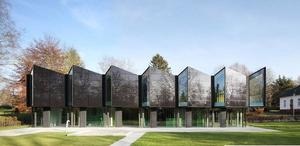
Childcare house with BIPV in Marburg/Germany.
“In practice, the uncertainties with regard to building regulations are a major obstacle. Actually, the European Construction Products Regulation is intended to create the conditions for the free movement and use of construction products within the European Union. However, for certain BIPV products, there is still a lack of harmonized standards or European valuation documents that specify the requirements of the building regulations. The consequence is that CE marking of these construction products is not yet possible. Such harmonized rules across Europe could significantly facilitate the use of BIPV products. Also, uniform specifications in the construction regulations, who is responsible for the products used (the manufacturer or the building owner), would be an improvement”, Lange says. (HCN)
Stay informed, get our weekly newsletter. Register here: http://www.pveurope.eu/Newsletter
Related news


